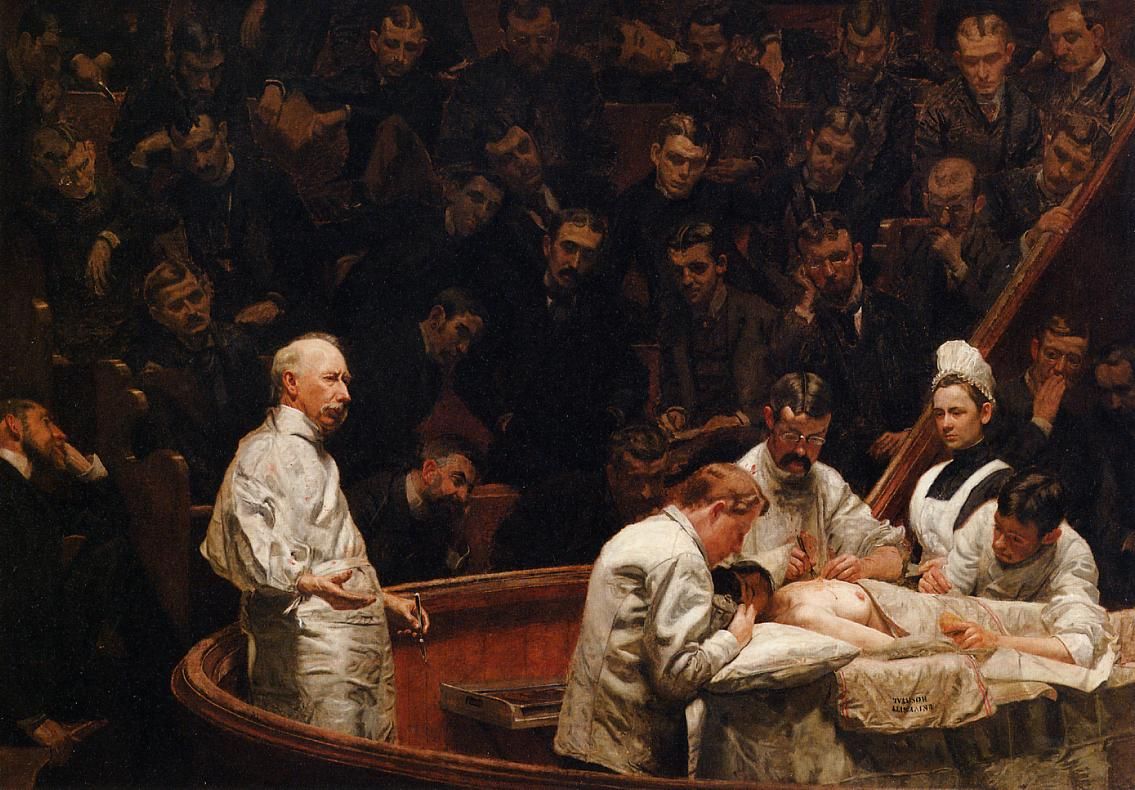Measuring the regular temperature of operated patients started with him: Who is Theodor Billroth?
Billroth is considered one of the pioneers of modern surgery. In 1872, he took a section of the esophagus for the first time and joined the remaining sections; In 1874, he removed the throat of a patient.

(1829-1894) German surgeon. He performed his first abdominal surgery. Christian Albert Theodor Billroth was born on April 26, 1829, in Bergen, Prussia (today the DAC). His father was a priest and his mother was the daughter of a Berlin finance minister. When Billroth was five years old, he started school in Greifswald, where he settled with his mother upon the death of his father.
Christian Albert Theodor Billroth (26 April 1829 – 6 February 1894) was a German surgeon and amateur musician. As a surgeon, he is generally regarded as the founding father of modern abdominal surgery. As a musician, he was a close friend and confidant of Johannes Brahms, a leading patron of the Viennese musical scene, and one of the first to attempt a scientific analysis of musicality.
He decided to become a doctor due to the pressure of financial problems. He continued his medical education, which he started in Greifswald, at the universities of Göttingen and Berlin. He received his doctorate in 1852 and worked in von Graefe's ophthalmology clinic. In 1853, after studying skin and internal diseases and pathology in Vienna, he was appointed as an assistant to the University of Berlin.
In 1856, he began teaching as an associate professor of pathological anatomy and surgery. He became a professor at the University of Zürich in 1860 and managed the surgical clinic for seven years. He entered the University of Vienna in 1867, established a surgical clinic, and continued his studies there until his death. He died on February 6, 1894, in Abbazia, Italy, in what is today Opatija, Yugoslavia. He was also one of the founders of the Billroth Physicians Association, and a member of the Academy of Sciences in Vienna. He also took a close interest in music, and his house became the center of musical gatherings. Brahms dedicated two string quartets to this close friend.
Billroth lived at a time when new methods of surgery were being developed. One of the first areas of study is a fever after wounds. Thinking that this fever was caused by microscopic organisms, he developed new antiseptic methods. He emphasized the necessity of measuring the patient's temperature regularly. As a result of his studies on organ pathologies, he developed new surgical methods for the removal of pathological parts. Billroth's most important contributions in this field are in digestive system surgery.
In 1872, he took a section of the esophagus for the first time and joined the remaining sections; In 1874, he removed the throat of a patient. In 1881, in a patient with stomach cancer, he removed the cancerous part of the stomach opening to the duodenum and connected the stomach to the duodenum with a canal. Despite the successful operation, Billroth, who was stoned on the streets of Vienna after two of his patients died, still continued his work. In the next ten years, although 16 of his 41 trials resulted in death, his surgeries broke new ground in surgery and the method he used did not need to be changed for many years. Billroth, who also gained success in plastic facial surgery, is considered one of the pioneers of modern surgery.
